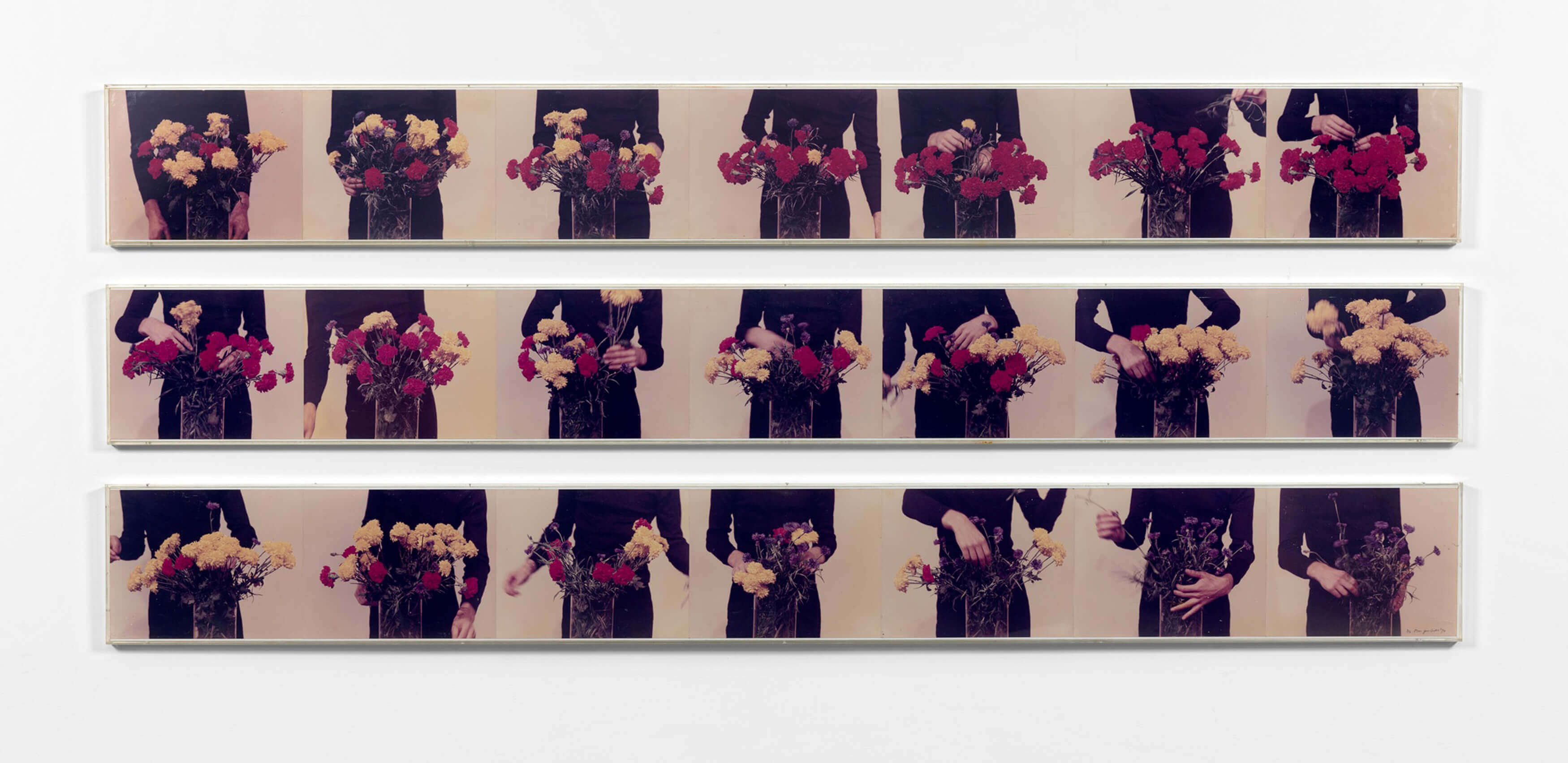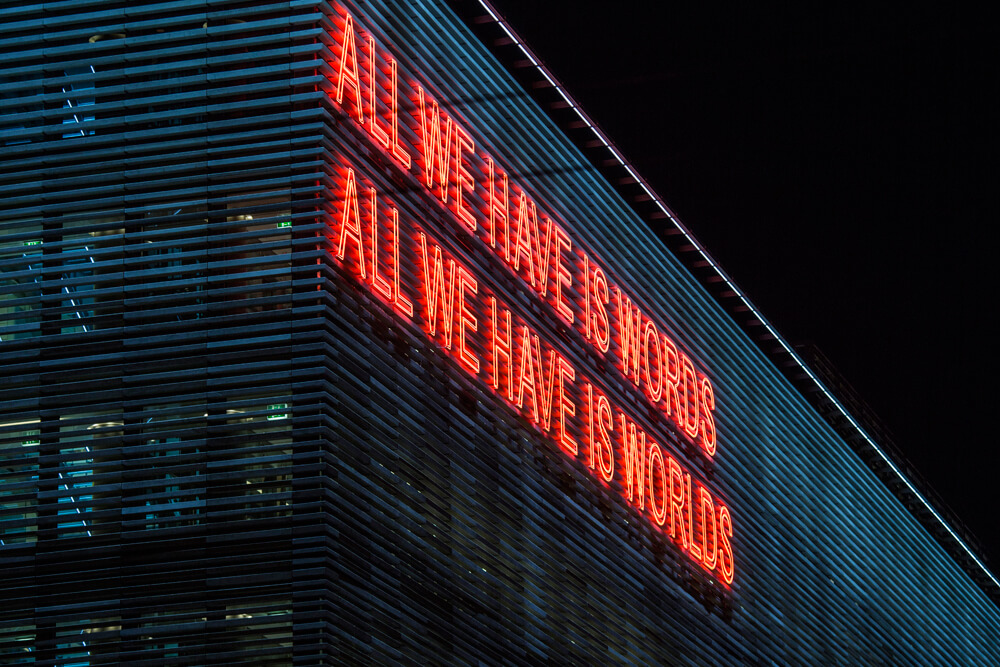For those enduring the erratic London summer, there are some exhibition gems dotted around the city. My highlights of the month include saturated images of textured film, a tender glimpse into the mystery of Bas Jan Ader’s short ouvre and lots of romantic sunsets. Whether you are by the pool or able to visit the galleries this weekend, it’s time to catch up!
Grear Patterson, True Romance at Marlborough Contemporary until 23rd July
Inspired by the 1993 cult film by Tony Scott, the exhibition is heavily inspired by pop-culture imagery and naïve scenes of romantic love at sunset. It is more like entering a dreamy film set of a cheesy teenage film. If a summer love story is out of reach or if you already have found your better half and want to re-enact a gone-by time of youthful possibility, adventure and hormone-fueled joy, this is your choice!
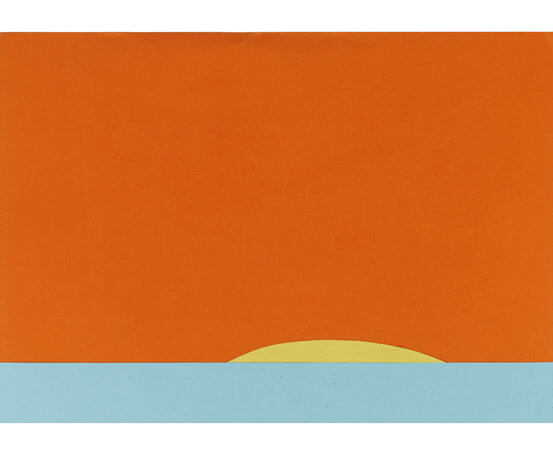
Collage on paper, 23.7 x 33.7 cm
Image courtesy of Marlborough Contemporary

Image courtesy of Marlborough Contemporary
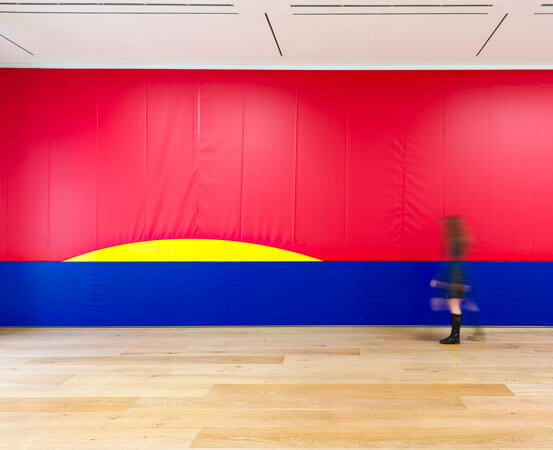
Image courtesy of Marlborough Contemporary
Nick Relph at Herald St until 24th July
Saturated photography of worn out textiles mix with compositions of an unspecified urban landscape. Nick Relph began his career working on film and moving image and it transpires in the physical and conceptual making of this wall-based works. Relph manipulates research material. He cuts and pastes, saturates colours and magnifies textures. The deep glossy finish, the black uneven rim and the scratches and dust on film take us to the physicality of working with film itself. The resulting photographs and mixed-media collages are seductive flat images of dense associations between materiality and urban life, between images and traces of social symbols.
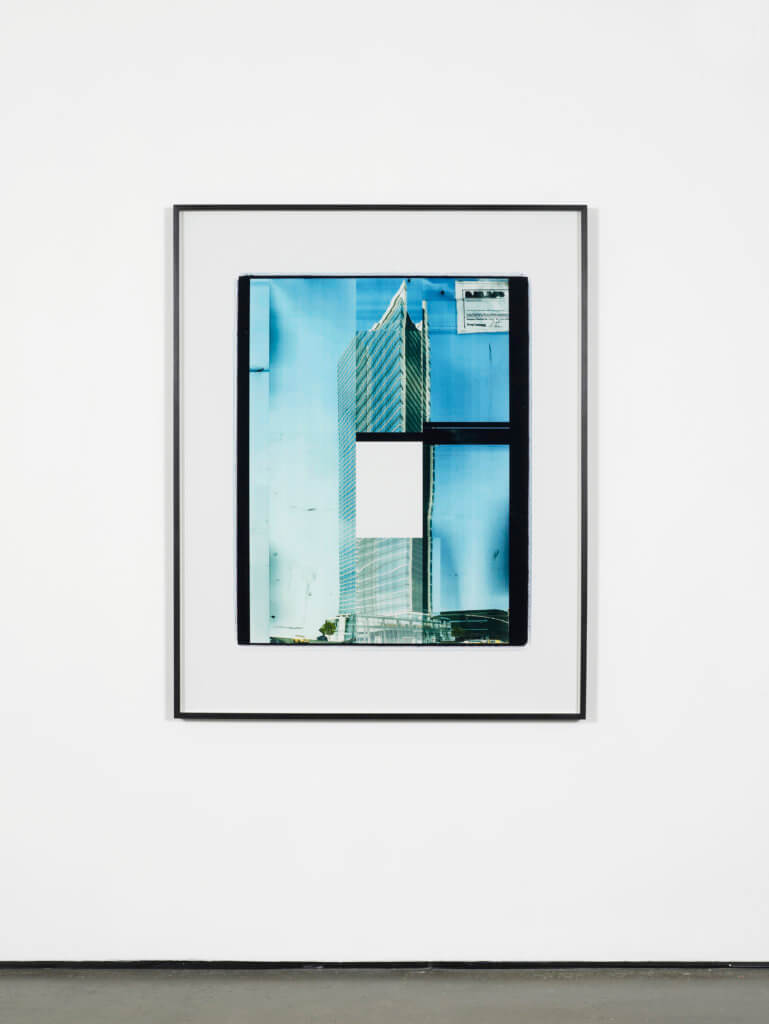
C-print
127 x 101.6 cm
Image courtesy of Herald St
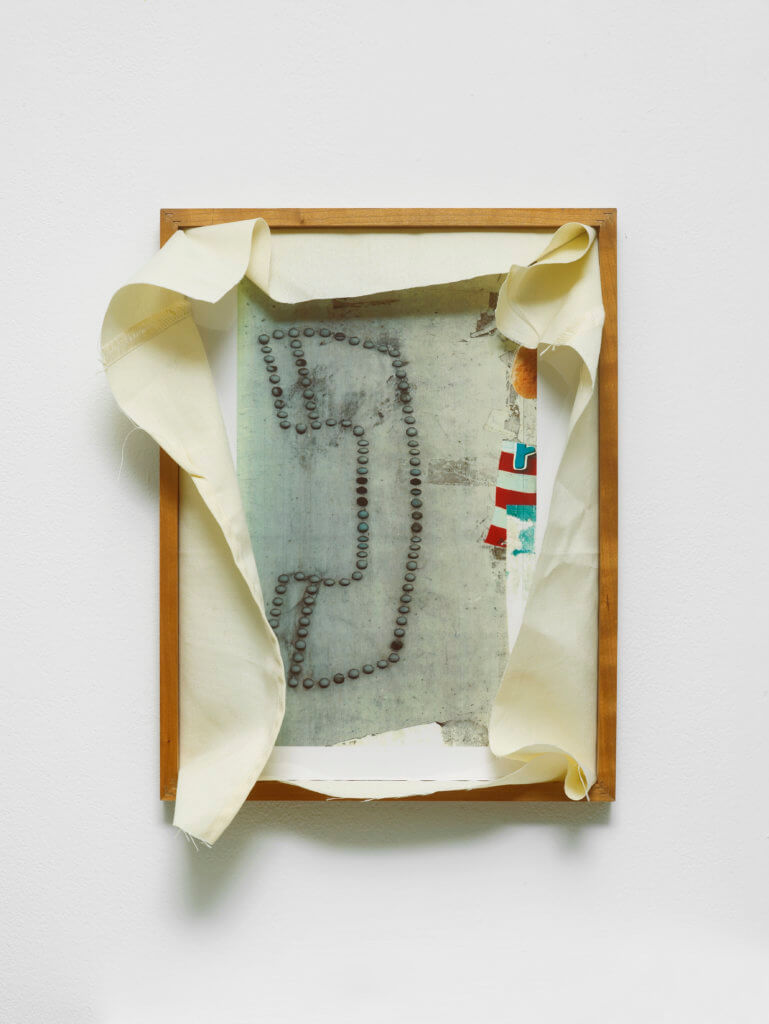
Frame, cotton, colour photocopy on acetate
43 x 33 x 14 cm
Image courtesy of Herald St
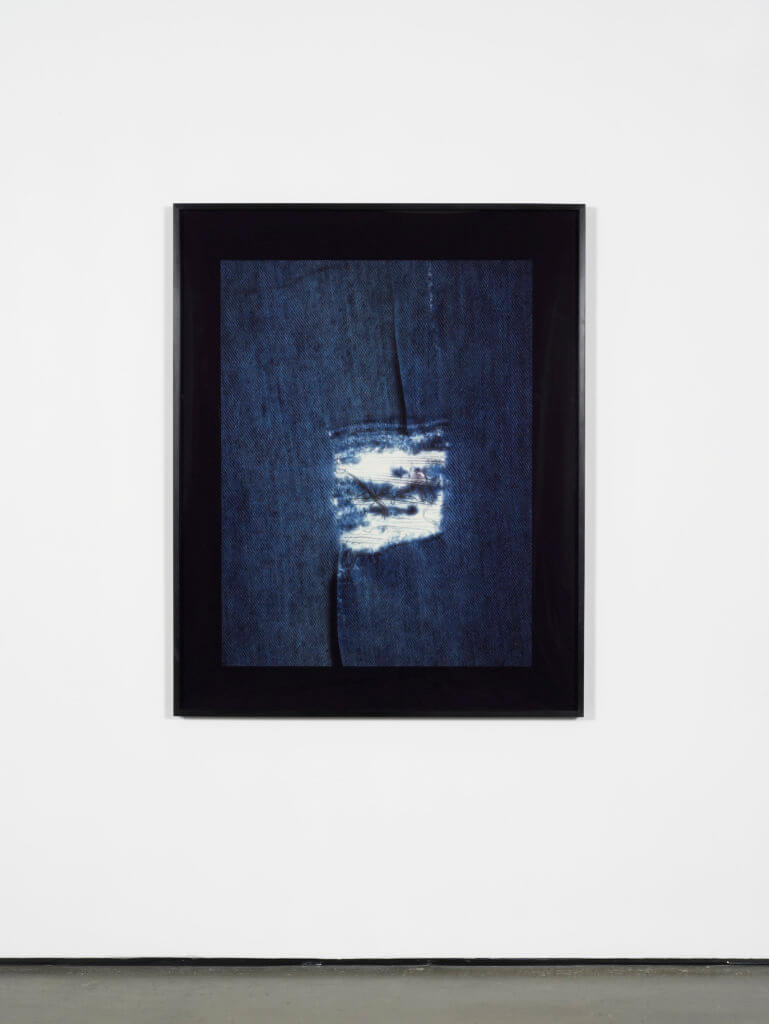
Cibachrome
127 x 101.6 cm
Image courtesy of Herald St

C-print
127 x 101.6 cm
Image courtesy of Herald St
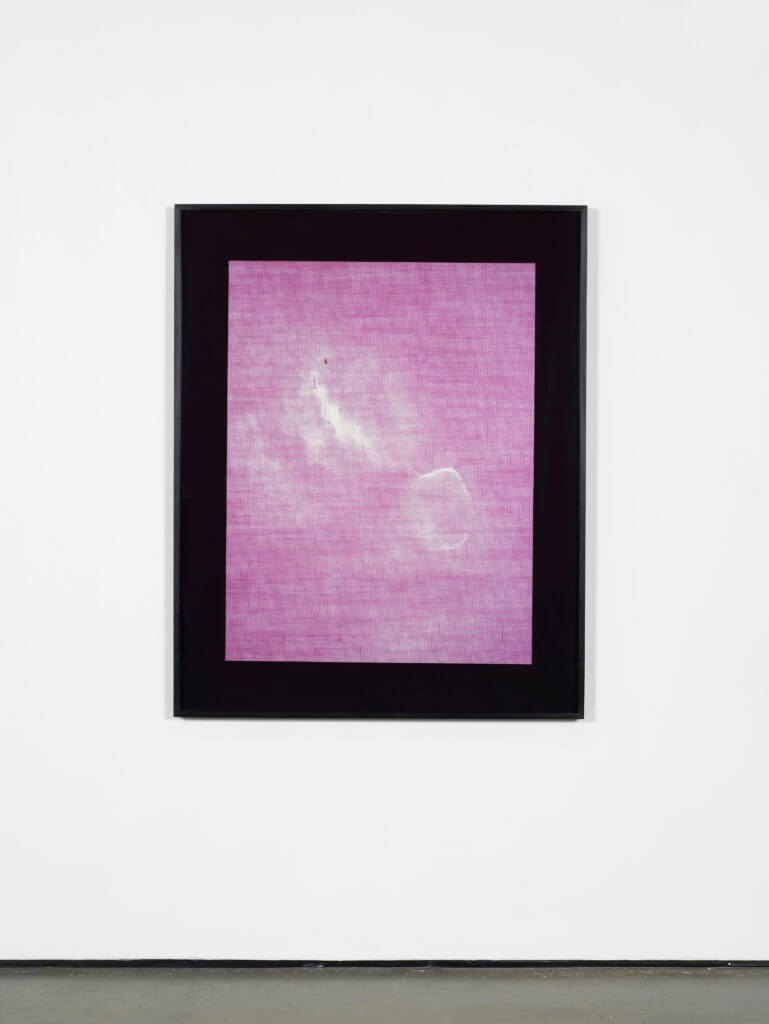
Cibachrome
127 x 101.6 cm
Image courtesy of Herald St
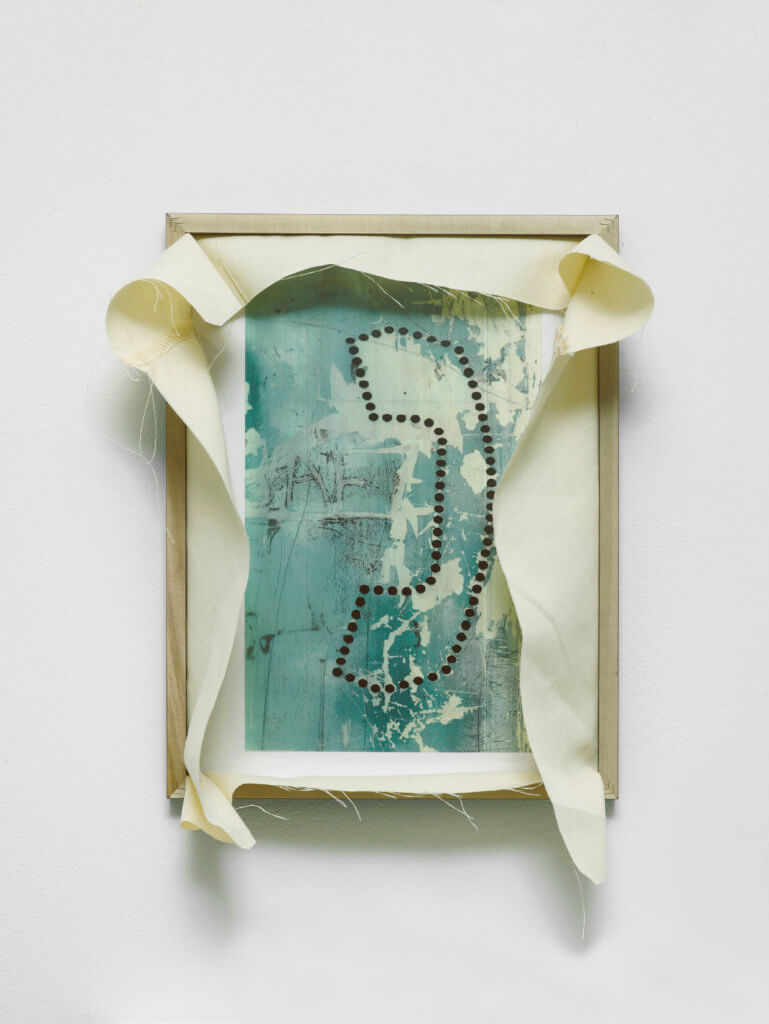
Frame, cotton, colour photocopy on acetate
43 x 33 x 12 cm
Image courtesy of Herald St
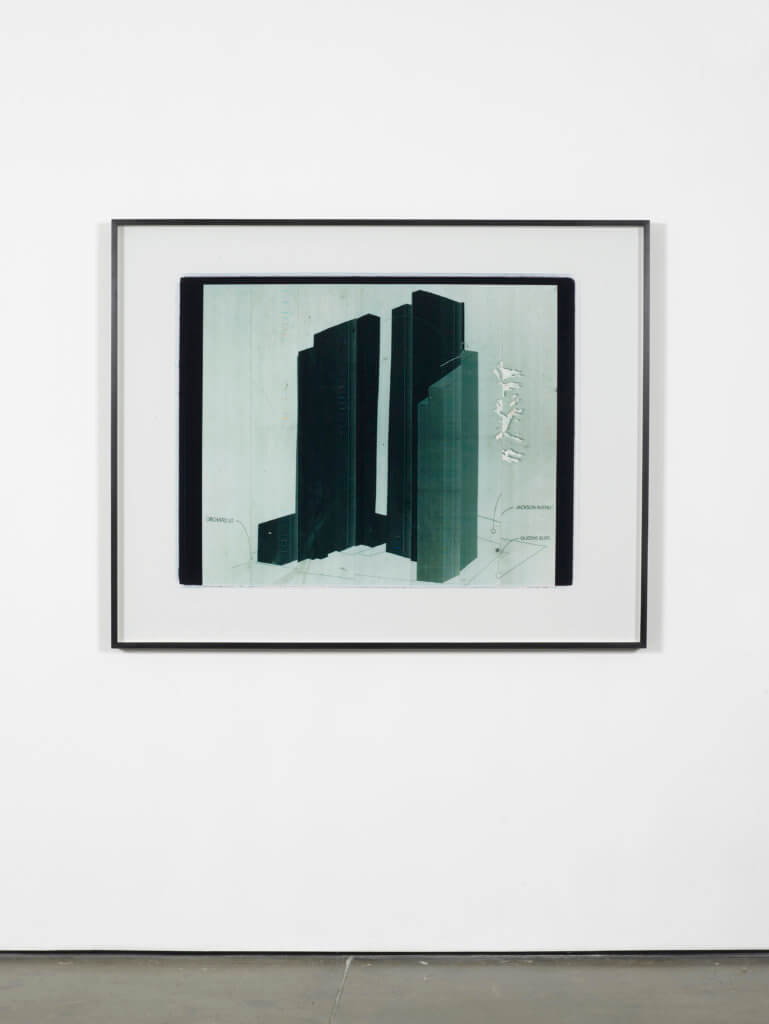
C-print
127 x 101.6 cm
Image courtesy of Herald St
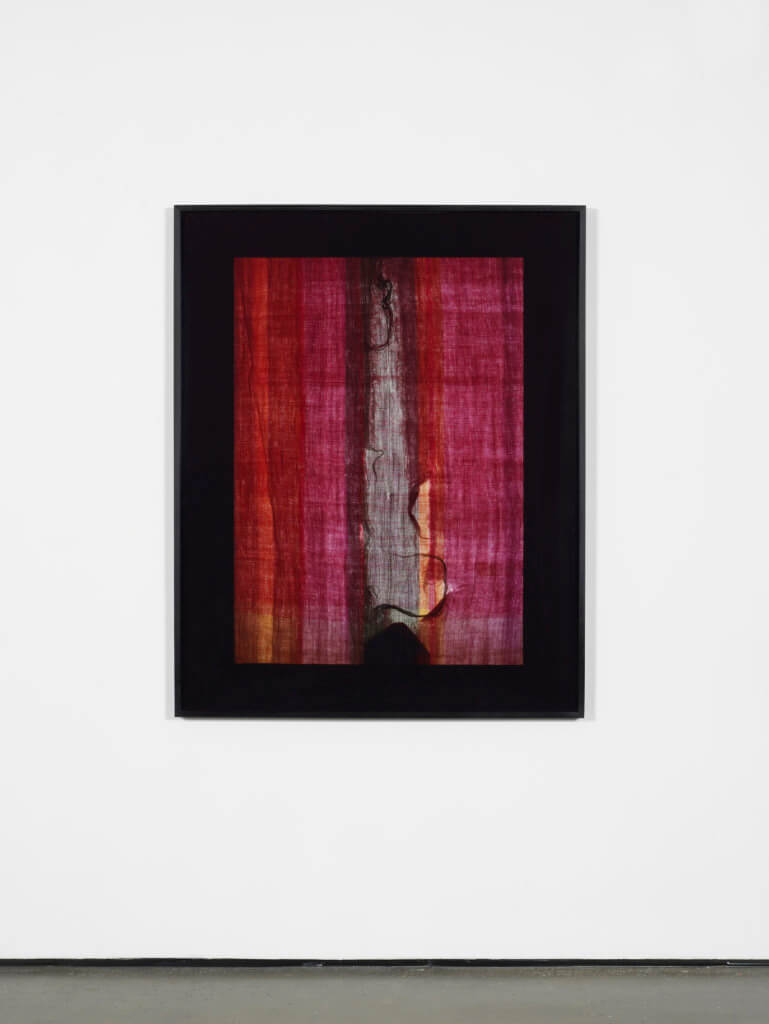
Cibachrome
127 x 101.6 cm
Image courtesy of Herald St
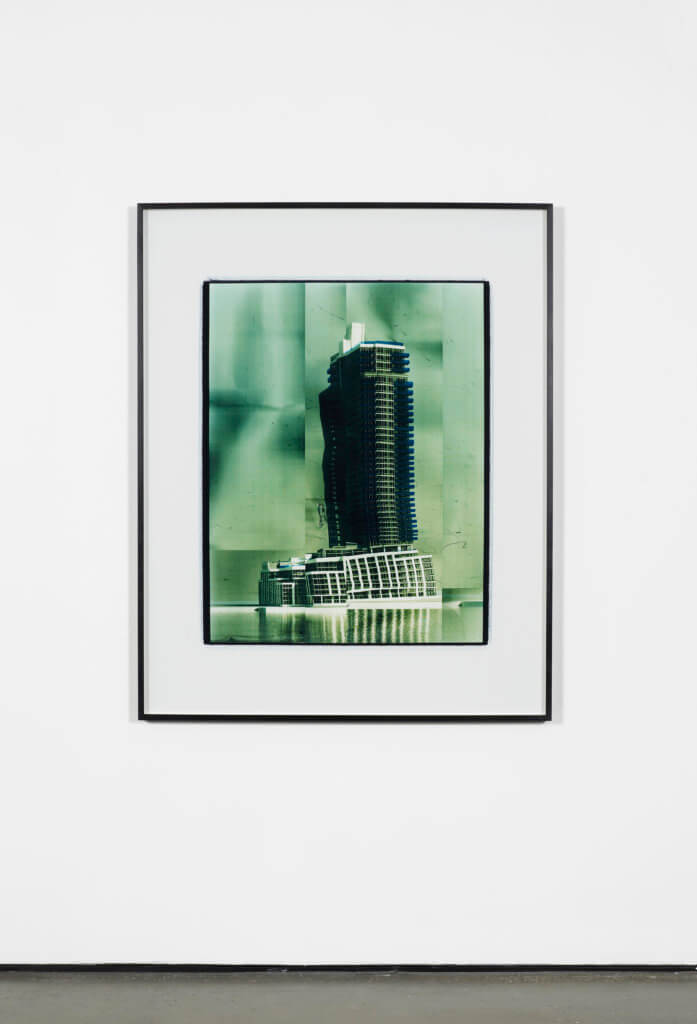
C-print
127 x 101.6 cm
Image courtesy of Herald St
Bas Jan Ader at Simon Lee Gallery until 26th August
With a brief career and a concise body of work comprised by less than 40 works, Bas Jan Ader (The Netherlands, b.1942) was mysteriously lost at sea in 1975. Whilst his life and art practice became tragically intertwined, his work is grounded on the conceptual tension between control and tight compositional aims and the loss to the forces of nature.
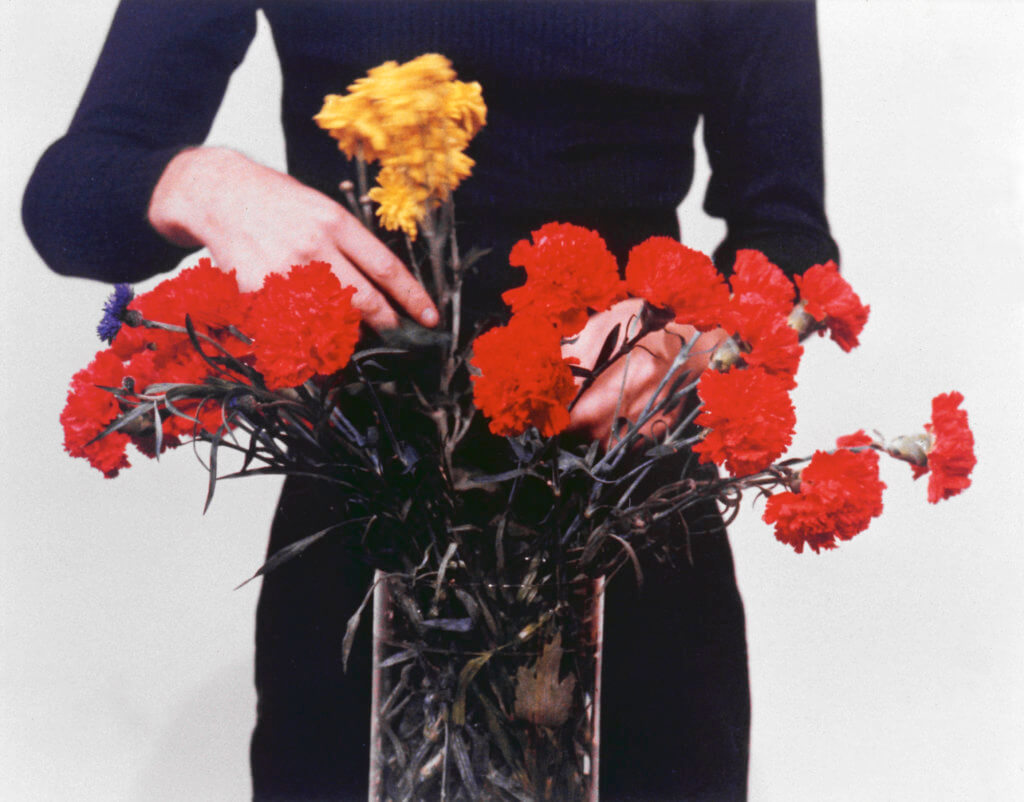
Copyright the Estate of Bas Jan Ader / Mary Sue Ader Andersen, 2016 / The Artist Right’s Society (ARS), New York. Courtesy of Meliksetian | Briggs, Los Angeles and Simon Lee Gallery, London.
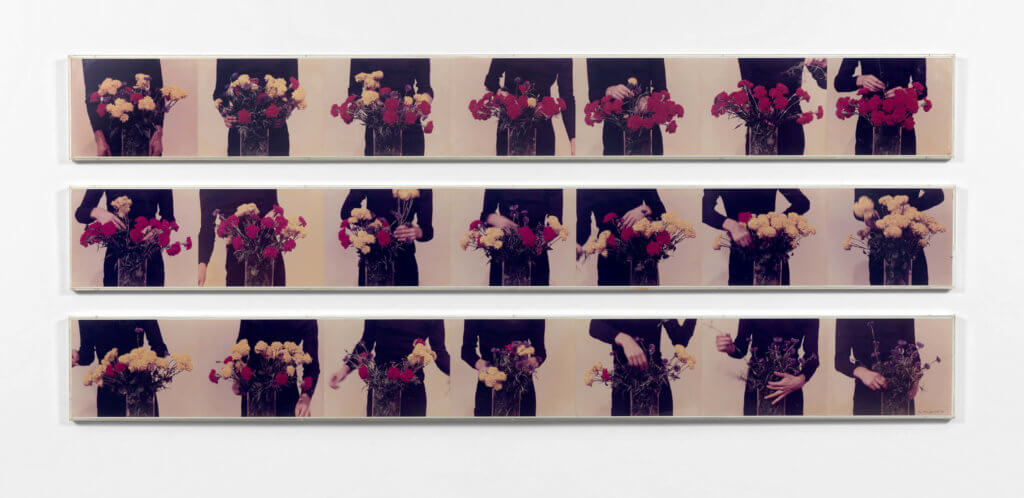
Copyright the Estate of Bas Jan Ader / Mary Sue Ader Andersen, 2016 / The Artist Right’s Society (ARS), New York. Courtesy of Meliksetian | Briggs, Los Angeles and Simon Lee Gallery, London.
In July of 1975, the then 33-year-old artist set sail from Cape Cod on a solo trip across the Atlantic. Intended as a work in 3 parts, on the night before his departure, he arranged for a choir to sing in the gallery of his LA dealer. The journey at sea was to be the central element in the performance and to end it, Ader planned a second chanting when he reached Falmouth 60-90 days later. However, after three weeks, radio contact with his boat was lost. To this day, it remains unknown whether an accident swept him away or whether his intention was to commit suicide.
In his works, Ader indeed plays dangerously against gravity, against forces greater than himself, against fate and he invariably falls, cries and fails… or does he? We see him in an absurd balancing act on a chair on top a roof, and falling. We see him cycling along the river in Amsterdam as he carries a bouquet of flowers, provoking a clumsy resolution, and in he goes. In a brief essay Tacita Dean beautifully pays homage: “Did Ader feel protected because he was making a work of art? Protected in his pursuit of the sublime, which suspends all truth and postpones the realisation that we are, in fact, dully mortal?”
Ader’s work is not sentimental despite the tragic events that marked his life, losing his father under the Nazi regime for assisting Jewish refugees. This prompted his and his mother’s departure to America. I’d like to highlight the film projection in the exhibition I’m too sad to tell you (1971). In this 10min-long piece, we see Ader in close-up weeping uncontrollably. There is a sense of mourning, loss, desperation and sadness so great that it cannot be articulated. This is a rare exhibition that reveals an artist exploring the aesthetic and conceptual possibilities of the existential surrender of forces beyond all of us.
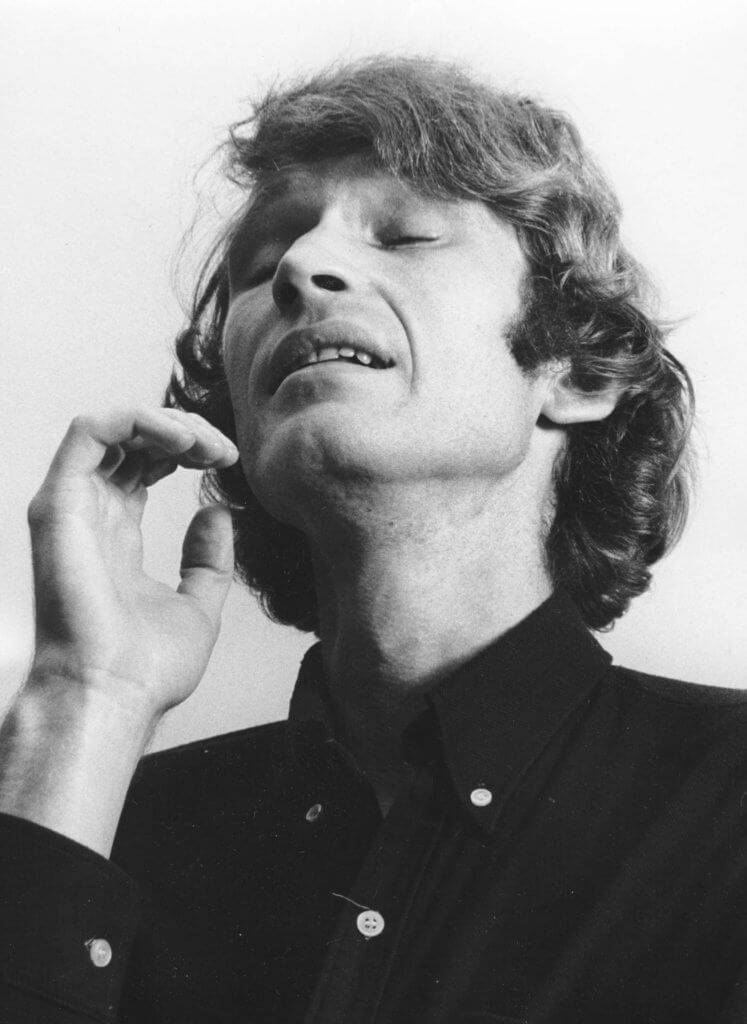
Copyright the Estate of Bas Jan Ader / Mary Sue Ader Andersen, 2016 / The Artist Right’s Society (ARS), New York. Courtesy of Meliksetian | Briggs, Los Angeles and Simon Lee Gallery, London.

